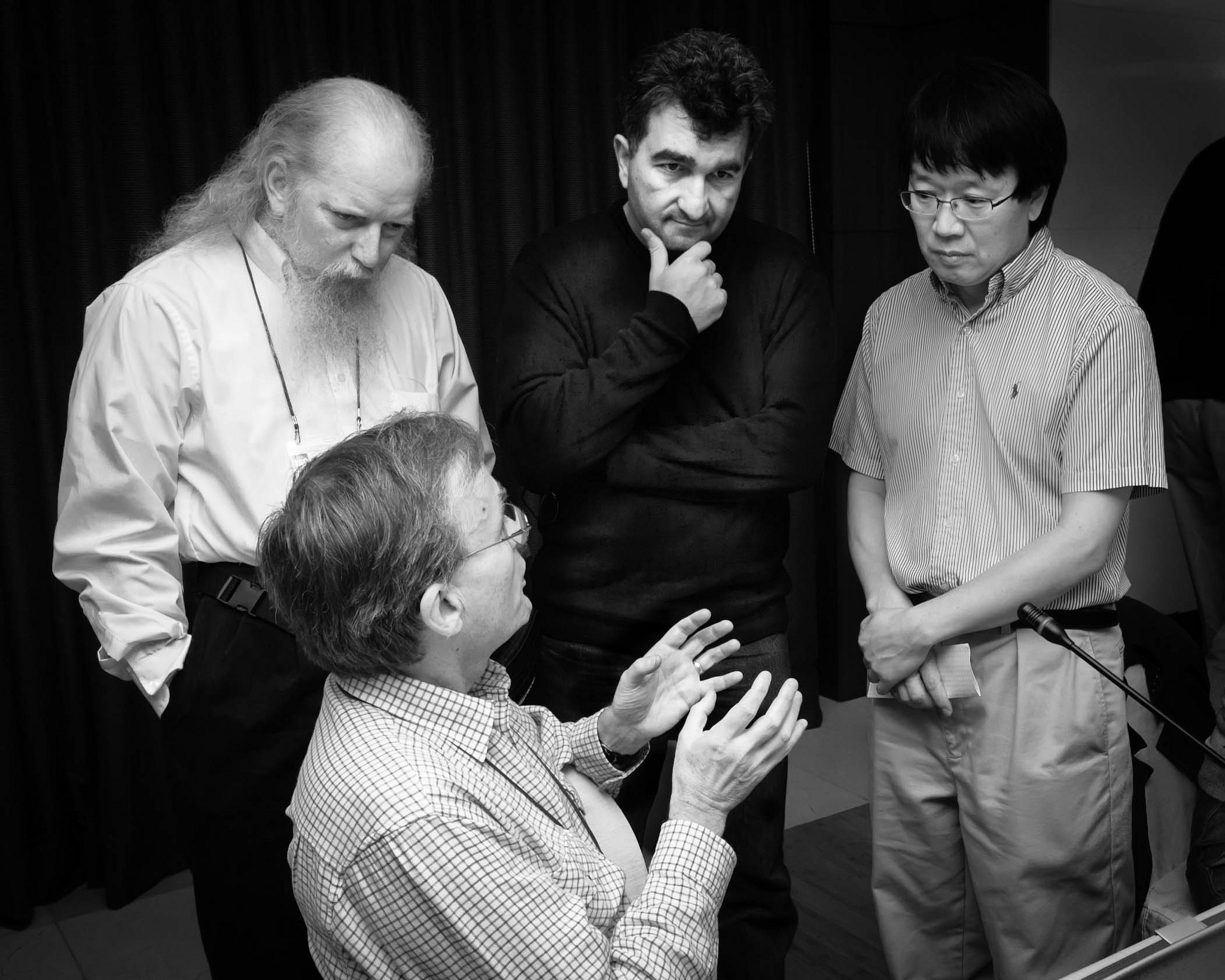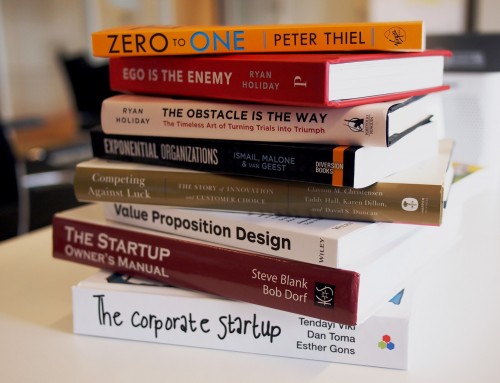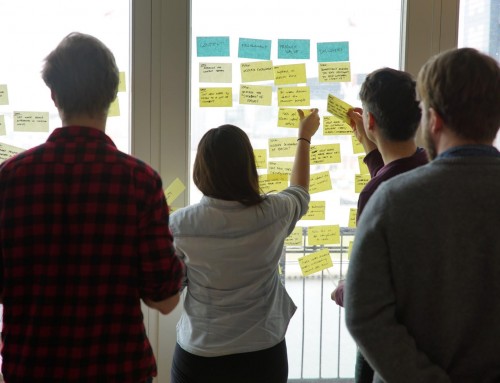Systemic Consensing — What the Hell is this?
Drawbacks of Traditional Decision-making
Traditional decision-making processes and methods have several major drawbacks.
Consensus-based decisioning:
- people in the group start fighting to be heard;
- conflicts create more resistance between supporters and objectors;
- the decision-making process lasts so long that the group runs out of steam;
- once the decision has been made, the group separates into winners and losers;
- a veto blocks a decision being made at all.
Majority Voting — aka Democratic Voting:
- the majority votes for an item and having the majority of the group getting their way.
- It is hard to get a commitment from the losing minority since they refuse support.
Systemic Consensing
There is a third option: Systemic Consensing. It is in variants one of the backbones of governance decisioning in the Circle Forward movement, Holacracy or Sociocracy resp. Sociocracy 3.0. It was created 2005 by Erich Visotschnig.
Consensing — the literature coined the notion "Consent" to differentiate this kind of decision-making from consensus-based reasoning — is defined as "the voters have no significant objections (to a certain policy)".
If a voter cannot accept the proposed action, she states her objections with reasons that can be understood by the other voters. The responsibility of all voters is to listen with the intent to understand those reasons and to adapt the proposal to minimize possible risks. The voters do not waste time debating or trying to persuade each other to minimize their objections.
Consensing does not require agreement, affirmation or even preference. Consent is reached by choosing the proposal with the least objections. The lowest level of objection — resistance — results to the highest acceptance.
Thus, systemic consensing is faster compared to consensus decision-making since it does not require an alignment of preferences but rather an alignment of tolerances.
"Consensus deliberately seeks to establish an agreement that reflects what everybody wants to do in order to address the needs that inspired the decision being sought to start with.
Consent decision making deliberately seeks to establish if there are any objections to a proposal designed to address a need, from becoming policy.
Consensus is seeking to find the best decision for the purpose. Consent decision making is seeking to find a good enough decision that can then be tried out, tested, and improved over time."
James Priest
The Systemic Consensus Principle
The basic idea of the systemic consensing is to identify the proposal with the minimal level of resistance of a group.
For this a scale from 0 to 10 is used:
- "0" means absolutely no resistance, i.e. complete agreement with the solution or proposal. — "I have no objection, I support this proposal strongly."
- "10" means maximum resistance, i.e. total objection. — "I have huge objections, I refuse this proposal heavily."
- The values between are set according to the subjective feeling of the individual person.
Of course, other scales can be used, e.g. 0, 1, and 2: this has the advantage, that voting can be done by raising hands or by finger voting like Five-Finger Voting or Thumb Voting.
To the existing proposals the so-called Zero option it added. The zero option is context specific. Normally it is formulated like
- "Keep everything as it is"
- "Do nothing"
- "Let's decide next time"
- …
The zero option can be considered as „limit of reasonability“. No proposal has a chance of being accepted by the group if it is lower ranked than the zero option.
Workflow of Systemic Consensing
Within the following 4 steps the participants identify the decision with the least group objections:
- Setting up the Question. — For the problem to be solved the participants define a question which cannot be answered by only "Yes" or "No".
- Brainstorming. — The participants collect potential solutions or proposals by using standard brainstorming techniques like De Bono's Six Thinking Hats, or innovation games.
The proposals are not commented or discussed. They are all equal and judged by variety, diversity, and creativity only. - Identifying Personal Objections. — The participants note for each proposal in a spreadsheet their personal level of resistance by using the 0-10 point scaling.
- Evaluation. — For each proposal, its points are added. The proposal with the minimum points is the final decision. This decision has the least resistance in the group and all participants can support it.
Notes:
- To identify multiple proposals, define in step 1 upfront a kind of "resistance threshold", e.g. "All proposals with resistance level < 10 shall be accepted."
You can calculate this threshold by: x % of (#Participants x 10), where x is the minimal acceptable group resistance level.
E.g., group size (#Participants) = 5 (Peter, Tom, Paolo, Tina, Mary); minimal acceptable group resistance level x=40%, thus threshold =40% of 5*10 = 20. - If a participant rated the proposal with the least level of objections high (> "5"), discuss it. Ask the person, what is additionally needed to resolve or minimize her objections. Sometimes you will find additional solutions, sometimes it is only important that the person got the feeling to be heard.
- Also, discuss the reasons why two proposals have similar low results.
Systemic Consensing — Example
The Company "We ship anything" is an SW developing company. Their customers are in the field of logistics and manage the transport of containers with this software.
Upper management of "We ship anything" wants to improve the software development by changing project teams to so-called feature teams. Feature teams are well known in agile software development approaches. It describes a team setup where the team is a “long-lived, cross-functional [...] that completes many end-to-end customer features, one by one” (Craig Larman, Bas Vodde). The team members have different skills and competencies as well of the problem domain and of the software development lifecycle: requirement engineering, architectural design, coding, and (system) testing. For this, they are so-called cross-functional.
Peter, Tom, Paolo, Tina, and Mary are members of the new task force the "We ship anything" management had installed to explore and define the organisational guidelines and constraints for setting up feature teams. They decided to give systemic consensing a try. The following spreadsheet shows their assessments. — You can double click on the values and change them to get an understanding of the method. The proposal cells are locked.
https://docs.google.com/spreadsheets/d/188NNN3czQvQu8jGek-Wg8HqEbPlpM-ieTuhtu8jzkzU/edit?usp=sharing
Summary
Systemic Consensing can be used for all kinds of decisioning where more than two options are involved. It minimizes conflicts in case of controversial decisions. Participants are happier than within a simple voting. Decisions made by systemic consensing:
- have no winner or loser;
- have the least group resistance and therefore are supported by the group easily;
- resolve conflicts;
- involve all participants in the solution-finding and decision-making processes;
- support the creativity of all participants.
Further Readings
- The Systemic Consensus Principle, https://systemicconsensus.blogspot.de/2012/11/white-paper-systemic-consensing-first.html
- Online Tool: Systemic Consensing (in German), https://www.konsensieren.eu/de/
- Pieter van der Meché, Jens Coldewey, et.al.: Decision-Making Systems Matter, Agile Alliance, 2016.
- Circle Forward movement, http://www.circleforward.us.







Leave A Comment